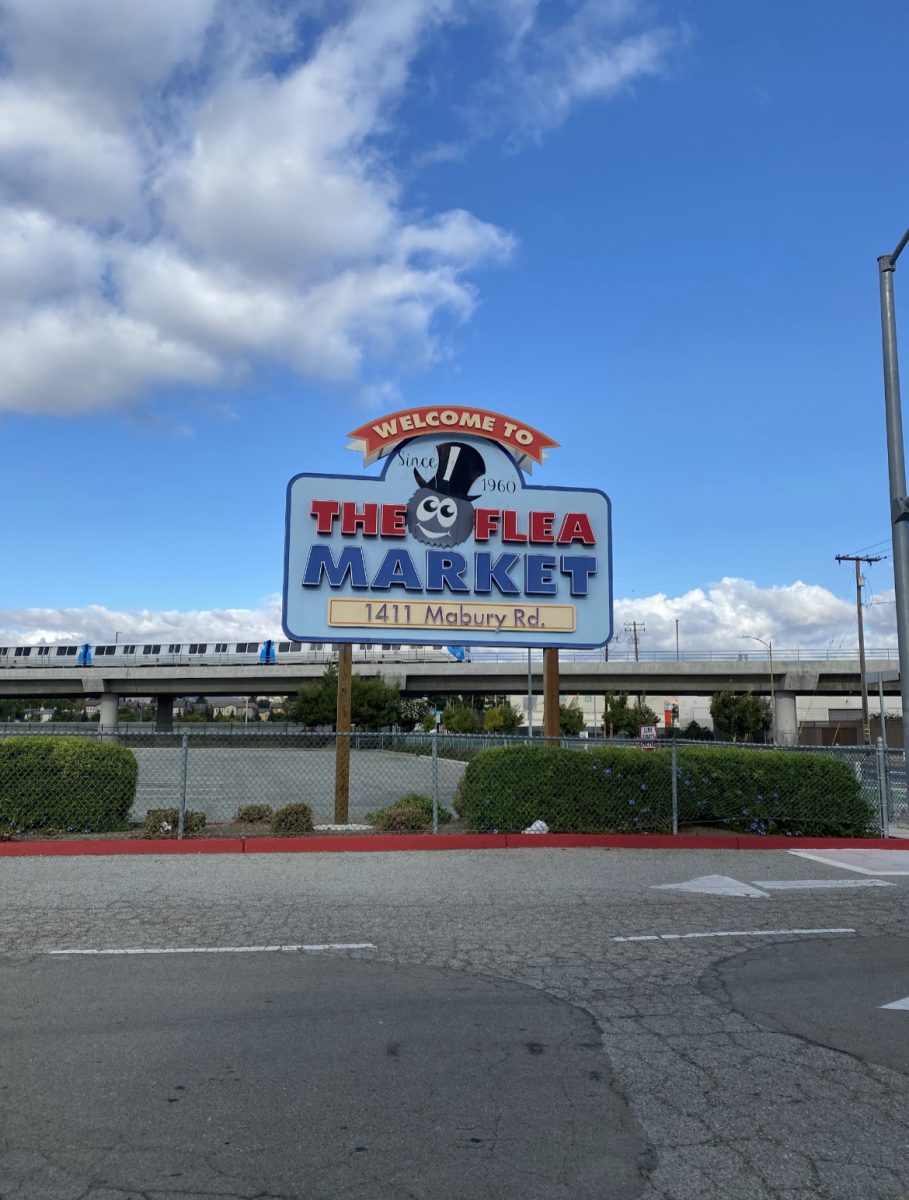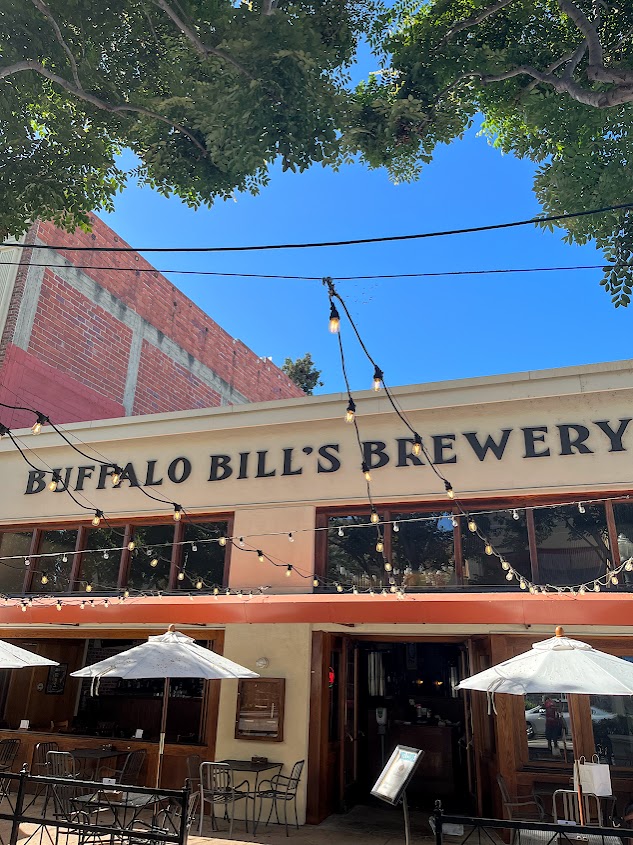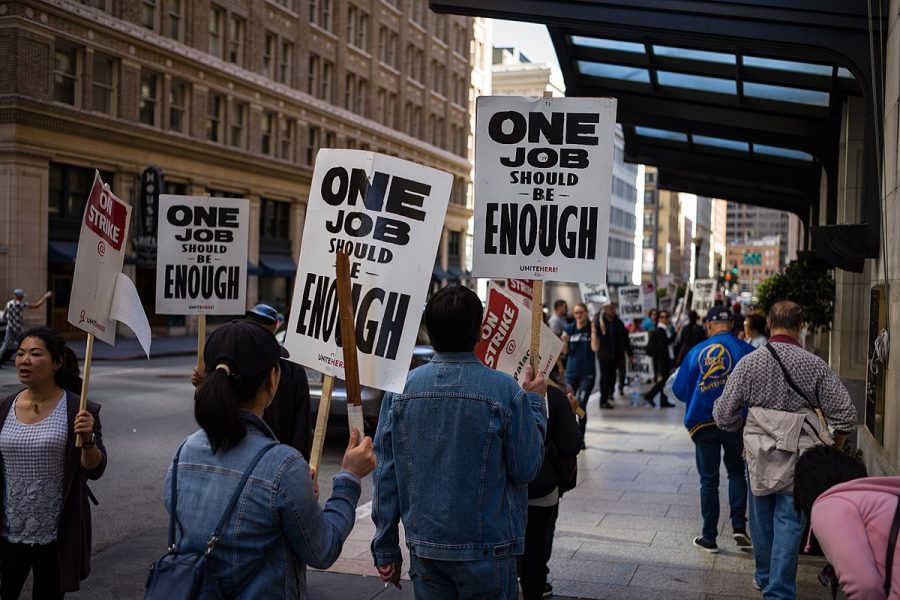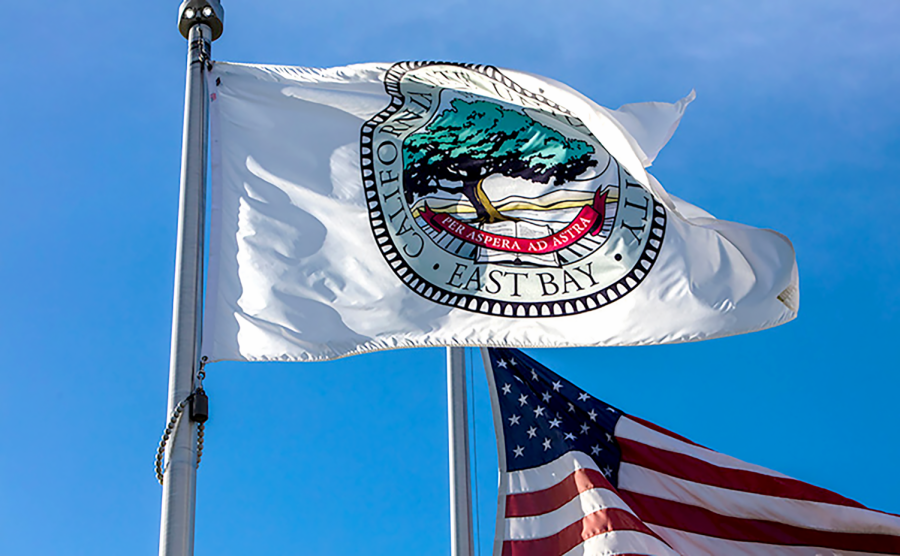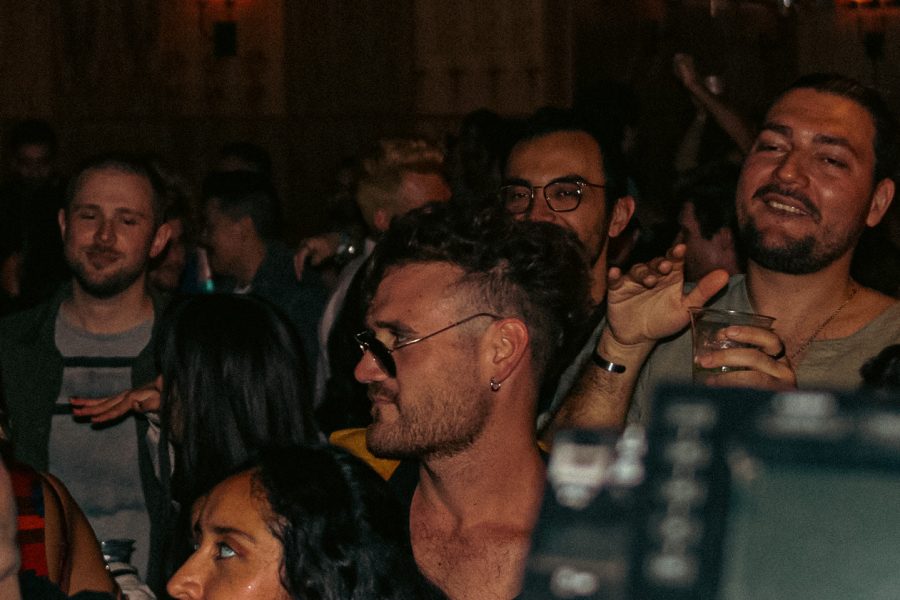Residents gather to remember the legacy of Cesar Chavez.
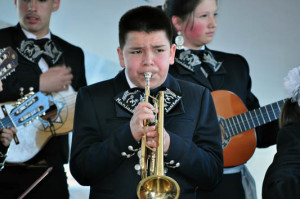
“Sí, se puede!” shouted the crowd that turned out to take part in the “Teach-in” celebrating Cesar Chavez’s birthday at Hayward’s City Hall on March 31.
Council Member Mark Salinas explained the significance of the event, stating, “It is very important that we have a ‘teach in’ to acknowledge we are a teaching city.”
Salinas also said that “Cal State Hayward,” as he called it, plays in the make-up of the city.
“Every March 31 we will honor Cesar Chavez in one way or another.”
City officials and local educators were on hand to honor the life and legacy of the late Chavez whose tireless efforts to further the rights of American farm workers in the 1960s, 70s, and 80s have made him a national icon.
“What kind if image comes to mind when you think of an American hero?”asked Frank Garcia, the Executive Director of the University of California’s Puente Project, which links Hispanic students to higher education.
“Now I want you to think of someone with different characteristics, someone who is short, dark skinned, quiet,” said Garcia, alluding to the fact that Chavez does not fit the archetypal mold of an “American hero,” which has historically been reserved to define someone who is more akin to George Washington or Abraham Lincoln.
However, in recent years California has made strides in promoting the importance of Chavez’s birthday, which is now an officially recognized holiday in eight other U.S. states.
“The Farm Workers Movement went past a labor movement and became part of the social and cultural fabric of America,” said Professor Carlos Salomon of the CSU East Bay Department of Ethnic Studies.
Salomon added to the educational spirit of the “Teach-in” by giving a brief lecture on the history of Chavez and his role in the formation of the United Farm Workers (UFW).
“He was an amazing individual, to sum up everything in 15 minutes is almost an impossible task,” said Salomon who was able to single out the importance of the Delano grape strike which began in 1965. After a five year strike of grape pickers, which spread across California and beyond, the UFW was able to gain recognition as a legally designated labor union.
Chavez and UFW co-founder Dolores Huerta capitalized on the attention of the Delano strike to fight for better conditions for all farm workers.
“They knew those grapes were grown in a spirit of social justice that helped the movement,” said Saloman.
“Chavez was the first individual to successfully organize a movement of farm workers,” said Salomon in summation, “and for that we came here today to honor him.”
San Jose State’s Dr. Maria Ochoa touched on the central role that Hayward played in the farm worker’s movement during the 1970’s when many activists called the city home.
“People of all colors, ethnicities, and backgrounds worked together,” said Ochoa who also highlighted the work of Dr. John Hammerback and Rick Tejada-Flores, both from the CSUEB Department of Communications, in chronicling the movement’s history.
Ochoa reminded the audience that for many farm workers, adverse working conditions continue to be a reality, sighting a recent University of Southern California study which states that over one-third receive less than the minimum wage.
“Those of us who are involved in social movements must rededicate ourselves to the principles of nonviolence,” said Ochoa.
“In the spirit of winning improved working conditions for those who continue to toil in our country and around the world, we say: Sí Se Puede.”
“Sí Se Puede,” Chavez’s famous slogan has become a rallying cry for all Latinos. In English it translates to “Yes, it can be done.” The slogan was used throughout the event.
To resonate Chavez’s call for unity and the need to carry his message to the younger generation, El Mariachi Juvenil de Hayward, a youth Mariachi orchestra led by Harder Elementary School Principal Hector Garcia, performed a rendition of the song “Muchos Colores,” or “Many Colors.”
“As a teacher I think his example is that we have an obligation to our fellow man and to human rights,” said Jerry Caveglia of Chavez. Caveglia knew Chavez when he worked as an organizer for the UFW during his summers off from teaching in the 1970s and 1980s.
Caveglia was taking part in the “Teach-in” to help display artifacts from the farm workers movement including the infamous short-handled hoe which has since been outlawed.
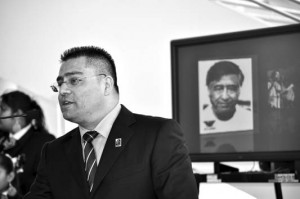
Frank Garcia remembers firsthand the toll that the short-handled hoe took on laborers who were forced to work hunched over for hours upon end. Before he decided to enroll in community college, Garcia worked in the fields near Watsonville, California.
There, Garcia befriended a gentleman who, after being aged far beyond his years by harsh labor, encouraged him to go to college.
The importance of social advancement through education was echoed by Chavez’s own grandson, Anthony Chavez, who commented on his grandfather’s legacy.
“He worked so that our young people can go out and get an education without being manipulated by those in power,” said Chavez. “The legacy of Cesar Chavez lives on through all of you who stand up for the rights of people in a nonviolent way.”
As Garcia reminded the crowd earlier, Chavez’s work is yet to be completed.
He noted how this past January, a pregnant 17-year-old died of dehydration while working in the fields near Tracy, California after medical personnel were slow to respond.
“These kinds of conditions still exist,” said Garcia who believes that Chavez’s legacy cannot be viewed in the rear view mirror. To him, Chavez remains a visible symbol of both what has been achieved and what must still be achieved in the future.




